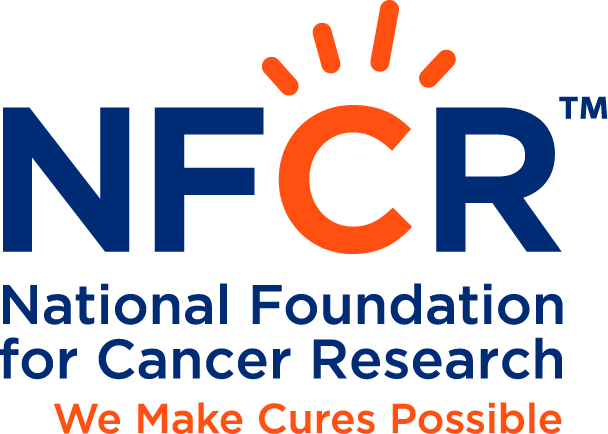Breast Exams: At Home or Clinic?
There is a grim reality to both cancer research and funding: Each, to an enormous degree, is directed at early detection, not when metastasis has already taken place. Like most diseases, cancer is, in fact, fairly curable at its earliest stages. However, once a tumor begins to spread, mortality rates soar.
Over 90 percent of cancer deaths are due to metastatic cancer. It is the prevailing paradigm that metastatic cancer care is palliative, not curative. Therefore, it is vital that patients be vigilant to changes in their bodies and that doctors be thorough in their examinations in order to catch cancer while it is still contained.
Breast cancer, the most common cancer in women, exemplifies this. The five-year relative survival rate for women with stage 0 or stage I breast cancer is close to 100%; 93% for stage II; and 73% for stage III. However, once at stage IV, when the cancer is metastatic, five-year breast cancer relative survival falls precipitously to a mere 22%. Catching breast cancer early is key.
Susan Brown, managing director for health and mission program education at Susan G. Komen, the largest breast cancer organization in the United States, has several recommendations for women as to what they should and should not do regarding breast health. Perhaps most striking, Brown is not an advocate of breast self-exams, or BSE, opting instead for exams done by a professional.
“There is no high-level evidence that teaching someone BSE has any impact on breast cancer mortality,” says Brown. “We also discourage women trying to self-diagnose what they have based on what they may have read. Instead, what we want women to do is recognize a ‘change,’ and then go to their healthcare provider for further evaluation to explain that change.”
“Change” can mean one or a combination of a number of conditions that can mimic normal breast development and evolution. Breasts are already dynamic: They change with puberty, pregnancy, menopause, weight gain (and loss) and because of hormonal fluctuations that are a part of a woman’s life. For patients not in the doctor’s office, Brown recommends what is termed “breast self-awareness messages.”
“Know your risk, get screened, know what is normal for you and make healthy lifestyle choices,” she says. “We think it is a more comprehensive set of information we think women can use when they are thinking about their breast health.”
The most obvious sign of cancer is a lump, but there are more subtle clues that BSEs can miss of which women should be aware. Indeed, around 5% of women have metastatic breast cancer when they are first diagnosed. Swelling, warmth, redness or darkening of the breast; a change in the size or shape of the breast; dimpling or puckering; an itchy, scaly sore or rash on the nipple; a pulling in of the nipple or other parts of the breast; a sudden nipple discharge; or a new pain in one spot in the breast that does not go away are all signals that should be investigated.
However a lump or other sign of cancer is discovered, be it through BSE or at a routine screening, Brown explains that women should not right away press the panic button. More than 80 percent of lumps turn out to be benign. Cysts—small, fluid-filled sacks—are common, as are fibroadenomas, which are benign tumors made up of glandular and connective breast tissue. That being said, Brown reiterates that any abnormality found should be investigated promptly and professionally via a mammogram. Do not wait to see if it goes away by itself.
“It is important for women to know what is normal for them and to be aware of the warning signs of cancer,” says Brown. “If they notice a change in their breast, they should use any anxiety they have to get them to their healthcare provider instead of keeping them at home.”
References:
• NFCR thanks Ms. Brown for her Summer 2018 interview
• Susan G. Komen (2018). Breast Self-Awareness Messages.
• https://www.cancer.net/cancer-types/breast-cancer/statistics/2015
• https://www.cancer.org/cancer/breast-cancer/understanding-a-breast-cancer-diagnosis/breast-cancer-survival-rates.html












